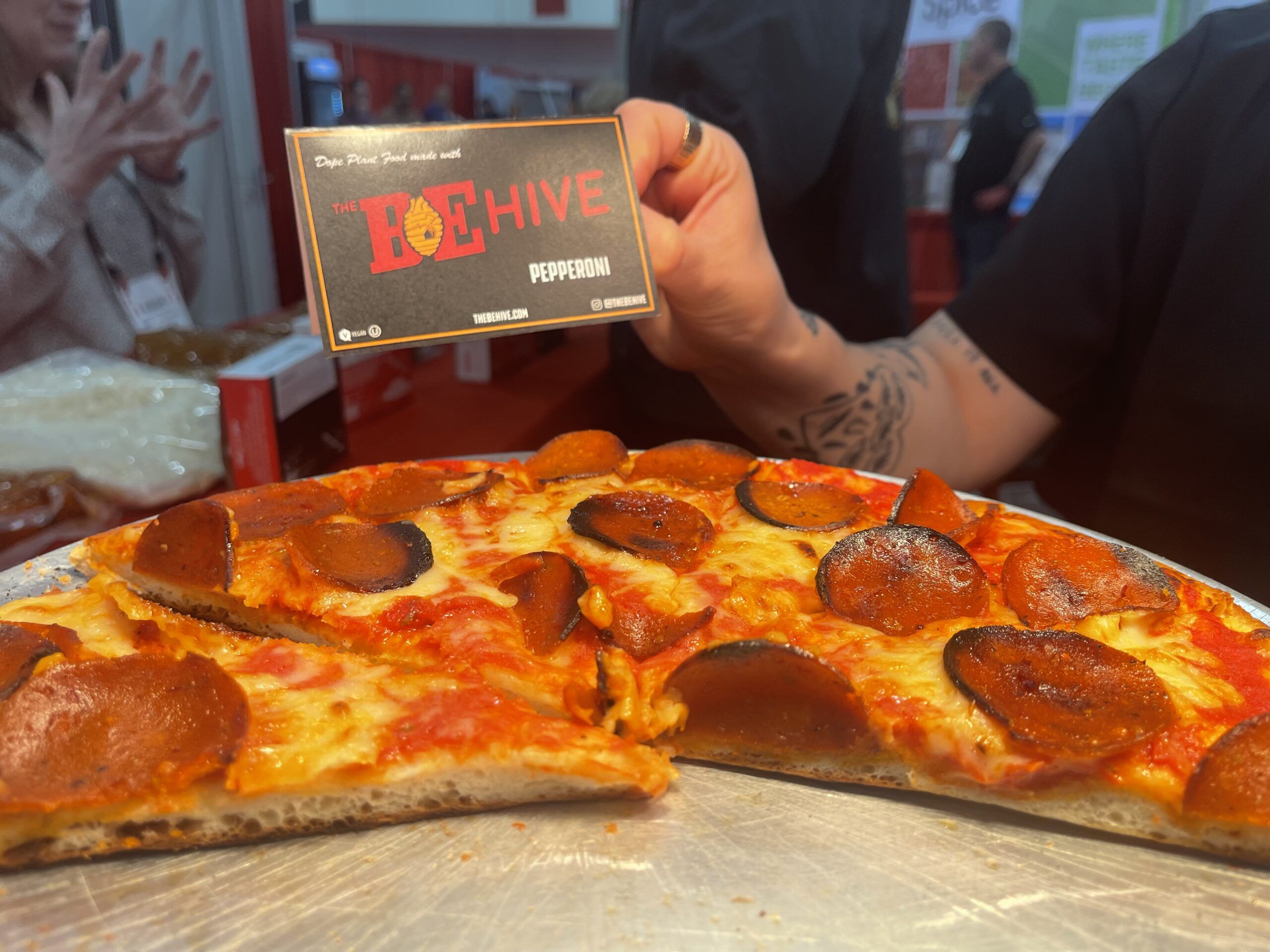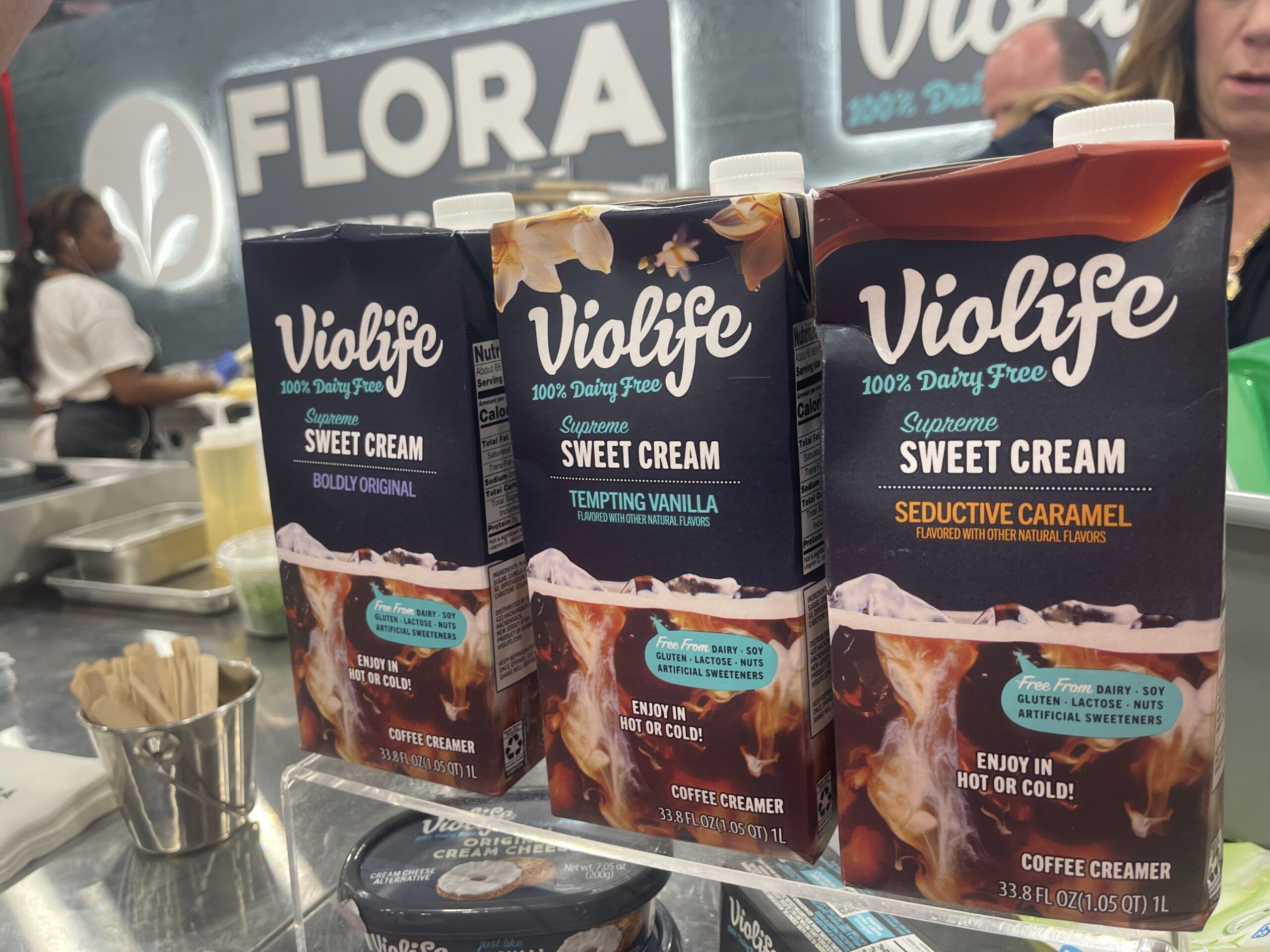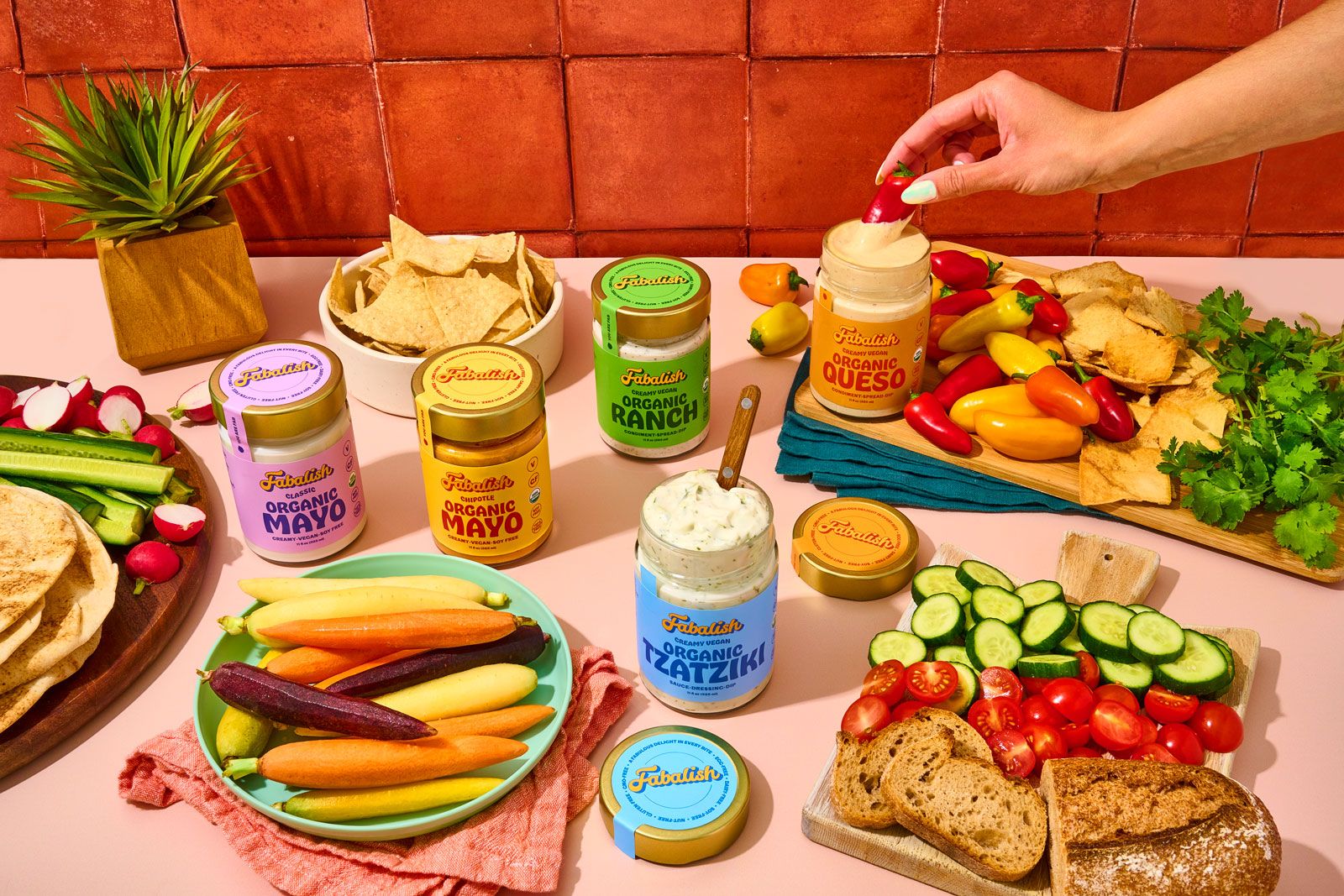Industry Beat: Let’s Talk About What Really Makes Food Healthy
by Benjamin Davis
Content Chair, Plant Based World
In the evolving world of health-forward food marketing, it’s tempting to chase simplicity. Consumers want shorter ingredient lists, fewer additives, and labels they can read without a science degree. But as our industry continues to respond to this trend, it’s worth pausing to ask: Are fewer ingredients always better? And more importantly, what does “better” really mean?
Let’s take a recent case that stirred up both admiration and skepticism: the new “Only…” line from Marks & Spencer, which features products like a single-ingredient cornflake—yes, just corn. At first glance, it feels like a win for the anti-ultra-processed foods (UPF) movement. No “nasties,” minimal processing, and a clean label. But Max Rees, co-founder of THE CURATORS, urges us to look deeper.
“If a bowl of plain cornflakes (where the only ingredient is corn) is now the gold standard of breakfast, we need to have a chat,” Rees wrote in a recent post. “No protein. No fibre. No vitamins or minerals. Just… corn. So, what exactly is it doing for you nutritionally?”
This is not a critique of the product itself—it may serve a purpose for some consumers. But it does highlight a growing tension in the plant-based and better-for-you food space: are we prioritizing the appearance of health over actual nutritional value?
The Pitfall of “Can’t Pronounce It = Bad”
The simplicity trend also brings with it a dangerous oversimplification. The idea that “if you can’t pronounce it, don’t eat it” has become a popular mantra in clean eating circles. But Noga Golan, Founder and CEO of Food Impact, argues that this thinking is not only flawed—it’s potentially harmful.
“Deciding that an ingredient is ‘bad’ because you haven’t heard of it or can’t pronounce it is downright silly,” says Golan. “Palm oil sounds simple but is high in saturated fat. Meanwhile, tocopherols (hard to say, we know) are just Vitamin E—a powerful antioxidant.”
It’s not about pronunciation. It’s about purpose. Some unfamiliar ingredients play crucial roles in food safety, shelf life, or nutritional enrichment. Others—despite sounding simple—may contribute to health concerns, environmental degradation, or both.
Implications for Plant-Based Brands
So what does this mean for those of us developing and marketing the next generation of plant-based products?
- Transparency, not trickery: Today’s consumers are label-savvy, but they’re also hungry for education. Don’t just strip your label to the bare minimum—explain what’s in your product and why it’s there.
- Nutrition matters: A short ingredient list doesn’t equal a balanced meal. Fortification, functional ingredients, and thoughtful formulation are part of delivering true value to your customer.
- Honor culinary roots: Ingredient lists shouldn’t come at the expense of taste or tradition. Not all “processing” is bad. Fermentation, extrusion, and even blending have been part of human food culture for millennia.
- Marketing should follow science, not trends: Brands that can educate while they sell will win trust. Build your messaging around real benefits—nutritional density, digestibility, bioavailability—not just buzzwords.
Moving Forward: Smarter Labels, Smarter Conversations
As we navigate the future of plant-based innovation, let’s stay focused on nuance. Marketing food as “clean” or “free from” might win attention, but earning loyalty will come from delivering quality, clarity, and real nourishment.
Ingredients are not the enemy. Confusion is. Let’s lead our consumers not just toward simpler labels, but toward smarter choices.
Because at the end of the day, our job as food leaders isn’t just to make things look healthy—it’s to actually feed people well.









